


In November of Canada, you will find people on the streets beginning to wear a small red flower on the chest of their coat. You will also see people holding donation boxes selling small red flowers in many places.

November 11th is the Remembrance Day of Canada, which is to commemorate Canadians who died in wars. Red poppies are a unique decoration on Remembrance Day. People wear poppies to express their respect for the sacrificed Canadian soldiers.
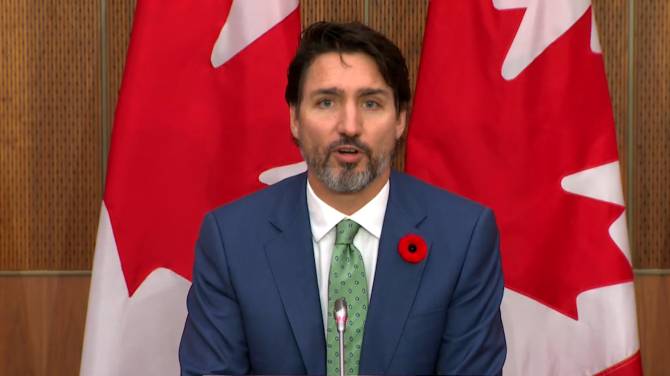
During the First World War in 1915, a Canadian military doctor, Lieutenant Colonel John McCrae, was ordered to go to Flanders, France, to bury the dead while rescuing the wounded.
He witnessed the terrible conditions of the battlefield, as well as the blood-red poppies all over the hills. He couldn’t restrain his sadness and wrote the famous poem “In Flanders Fields” on a piece of shredded paper.

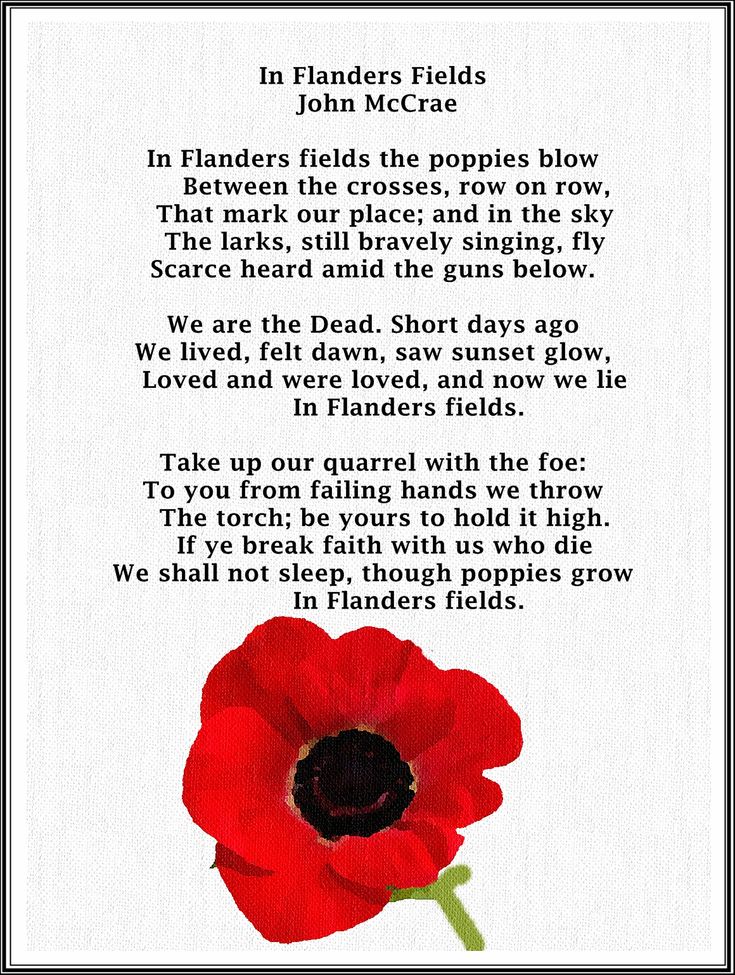
This poem uttered the voices of thousands of soldiers and soon became popular in the front line and rear as folk songs.
In 1921, Canada Royal Canadian Legion officially adopted poppies as the symbol to commemorate sacrificed soldiers.
In 1931, the Parliament of Canada passed the resolution that November 11th is “Remembrance Day” every year.
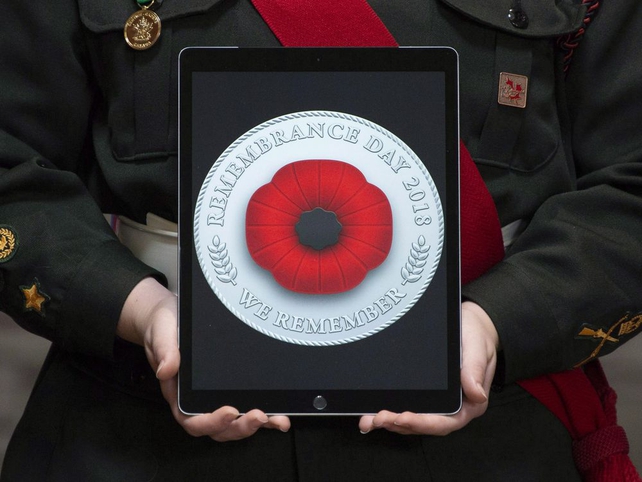
Most of the poppies used for commemoration were made by veterans. The flowers are priceless and the purchasers are free to set the price. The payments are donated to the Veterans Association, to compensate disabled veterans, the families of sacrificed soldiers, and war memorials.
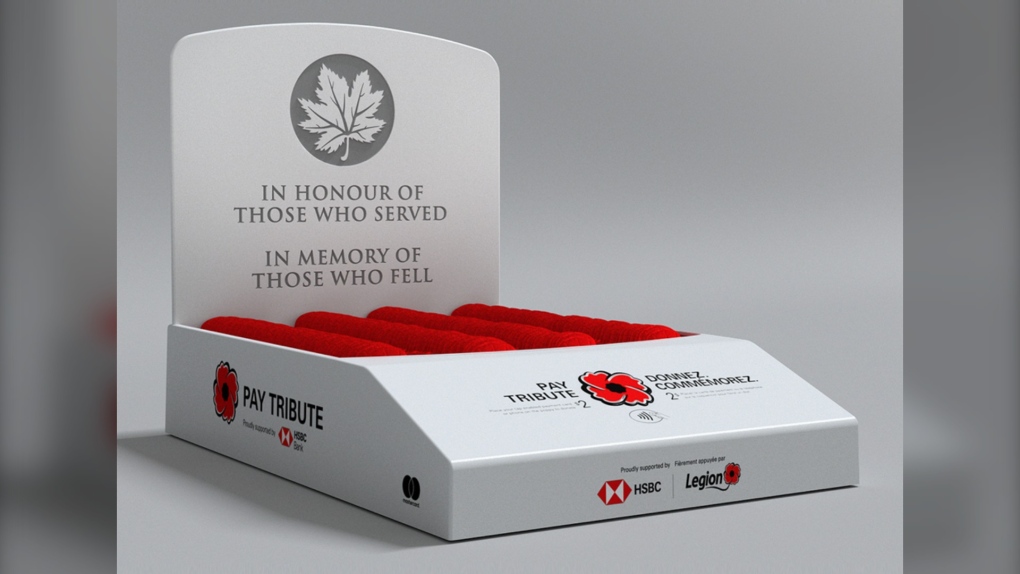
The federal department of Veterans Affairs Canada states that the date is of “Remembrance for the men and women who have served, and continue to serve our country during times of war, conflict and peace.”
The official national ceremonies on November 11th are held at the National War Memorial in Ottawa. These are presided over by the Governor-General of Canada and attended by the prime minister, other dignitaries, the Silver Cross Mother, and public observers. Occasionally, a member of the Canadian Royal Family may also be present.
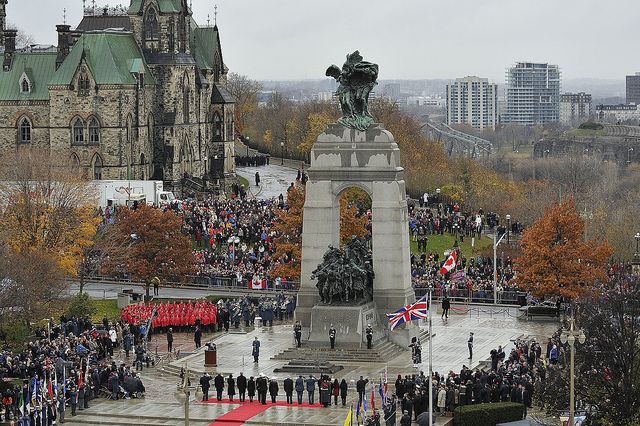
The moment of remembrance begins with the bugling of “Last Post” immediately before 11:00 am, at which time the gun salute fires and the bells of the Peace Tower toll the hour. Another gun salute signals the end of the two minutes of silence, and cues the playing of a lament, the bugling of “The Rouse”, and the reading of the Act of Remembrance. A flypast of Royal Canadian Air Force craft then occurs at the start of a 21-gun salute, upon the completion of which a choir sings “In Flanders Fields”.
After the event, people present poppies under the monument, and the blood-red was very spectacular.
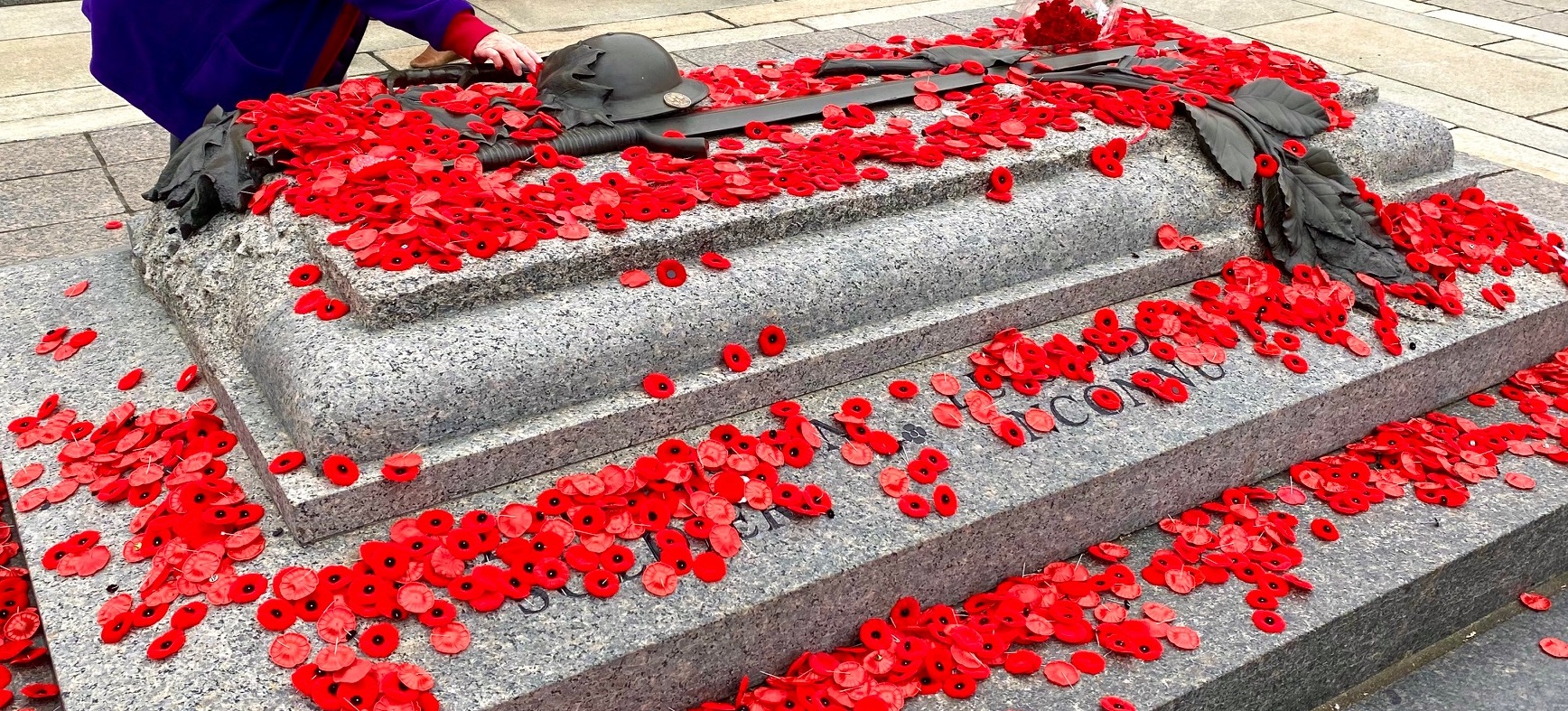
Canada has contributed a lot to world peace.
In the First World War, Canada sent four divisions to the Western Front and became the most powerful army on the Western Front in the later stages of the war. The Battle of Vimy Ridge on April 9, 1917 became the most brilliant victory of the Canadian Army in World War I.
As a country with a population of only 8 million at the time, Canada’s performance in the war was widely praised. A total of 619,636 Canadians participated in the First World War, of which 66,655 were killed and 172,950 were injured.

In World War II, Canada played an important role in battles such as the British Air War, the Atlantic Battle, the Defense of Hong Kong, the Dieppe Landing, the Sicily Landing, the Normandy Landing Operation, and the Rhine Battle.
At that time, Canada had a population of approximately 11.5 million. A total of 1.1 million people participated in World War II, of which 42,042 gave their lives and 55,000 were injured.

After World War II, Canada gave great support to UN peacekeeping operations. In more than 50 UN operations since 1949, more than 125,000 Canadians have helped maintain peace everywhere around the world, of which 116 have died.

Canada’s contribution to world peace should be remembered forever. On such a day, we pray for world peace and everyone can live freely and happily.
